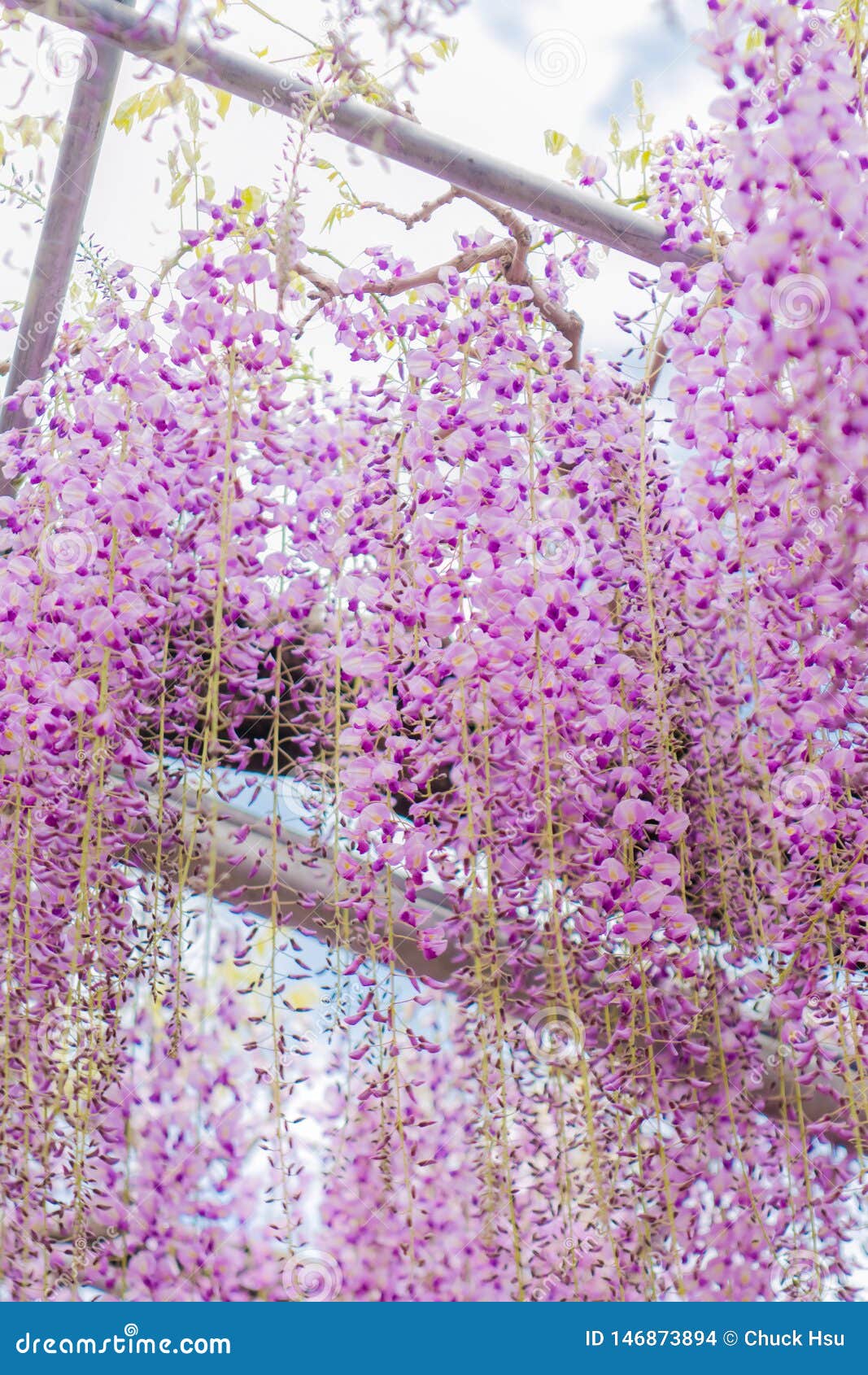

You could also collect as many as you can then give the catalpa worms to any live bait shop in your area. You can have any people that you know, who enjoy fishing, to collect them as bait. Especially since it is also harmful to honey bees, who are attracted to the flowers of a blooming catalpa tree.Īlso, catalpa worms are really useful as bait for fishing. You can use Sevin on your tree to get rid of the catalpa worms but that should be avoided. As long as the worms aren't defoliating your tree year after year, they won't harm it. Instead, I decided to ask an expert! What are the holes from and what is the remedy?Īnswer: The holes on the leaves of your catalpa tree are likely from the catalpa worm. I was going to apply Sevin which I know nothing about as a friend gave it to me to try. Question: The leaves on my catalpa tree have holes where I believe an insect of some sort is chewing through. It's also good for starting a fire for heating. Question: Can I burn the wood of a Catalpa trees?Īnswer: You can burn the wood in a wood stove or a fireplace but know that it burns up quicker than most woods. You can also mix it with hard woods, while burning it in your wood stove, for more heat if needed. Unless you're really particular, you're unlikely to notice the difference between burning it and other woods for heat. It may not produce as much heat or burn as long as harder woods but it's fine to use in a wood stove. Like with any other wood, burning it green can possibly produce an unpleasant smell or cause creosote buildup in your chimney.

As for burning it in a wood stove it's best to season it first. As long as the tree looks healthy it will have its first bloom sooner or later within the coming years.Īnswer: Northern catalpa wood is fine to burn for campfires and in fire pits. You could contact a tree care company local to you to look at the tree. Which is usually around when the tree is three to five years old or so. Question: My Catalpa tree is several years old and about 8 foot tall, but has never bloomed, any suggestions?Īnswer: It's hard to tell but the likely answer is that the tree may not have reached that growth stage. provides more details on the soil and growing environment that the Northern catalpa prefers. The section "Planting-Site" in the document at. Outside of that environment, it is good to grow it in soil with similar attributes. Why is this?Īnswer: The likely answer is that catalpas naturally grow in the rich, well-drained soils found along streams, creeks, and rivers. To this day, not one sapling has ever germinated from the millions of seeds that have fallen. Question: My great grandfather planted numerous catalpa trees on our farm over 100 years ago. Smaller than its North American cousins and has a distinct, creamy yellow flower coloration Trumpet-shaped, yellowish-white with purple and orange patches inside Trumpet-shaped, white with purple and orange patches inside Heart-shaped 6–10 in long and 6–8 in wide There are many choices, now you just have to decide which one is perfect for you.The most common Catalpa species at a glance.Ĭigar tree, Catawba Tree, Hardy Catalpa, and Western CatalpaĬigar Tree, Catawba Tree, and Indian Bean Tree Purple is an excellent choice for livening up your area and making your space even more aesthetically pleasing.
#PURPLE TREE JAPAN HOW TO#
There are many trees to choose from when deciding how to landscape your yard. If you plan on adding one or more of these trees in your garden, make sure you consider the space you have and the climate you are in.
#PURPLE TREE JAPAN FULL#
The Korean Lilac Tree grows between five and six feet tall under the full sun, with growing zones from three through seven. It is known for being highly fragrant, especially during late spring when it blooms.īeing a low-maintenance tree, it is known as a patio shrub and makes a great accent in landscapes. The Korean Lilac Tree gradually gained its popularity among lilac enthusiasts, avid gardeners, and landscape designers of luxurious neighborhoods. Korean Lilac Tree (Syringa meyeri ‘Palibin’) Its purple flower attracts hummingbirds in the area.ġ1. It is highly suggested to cultivate Crepe Myrtle in warm southern climate, zones seven through nine. However, all species are woody in nature and have an attractive winter bark. This tree varies in height, from below one foot to over 100 feet. Purple is the most common and most popular flower color, though it may also come in red, pink, and white. It is known for its vibrant and long-lasting flowers that bloom every summer and fall. Korean Lilac Tree (Syringa meyeri ‘Palibin’)Ĭommonly used in domestic and commercial landscapes, the crepe myrtle is native to the Indian subcontinent, southeast Asia, northern Australia, and some areas of Oceania. Purple Lily Magnolia (Magnolia liliflora)

‘Purple Robe’ Locust (Robinia pseudoacacia ‘Purple Robe’)


 0 kommentar(er)
0 kommentar(er)
